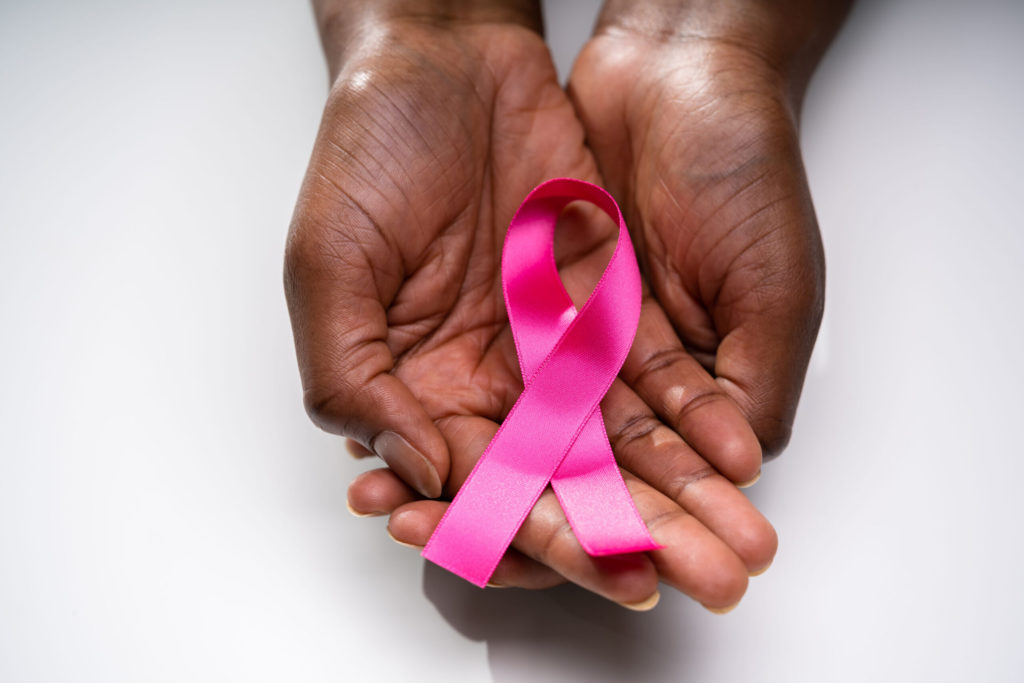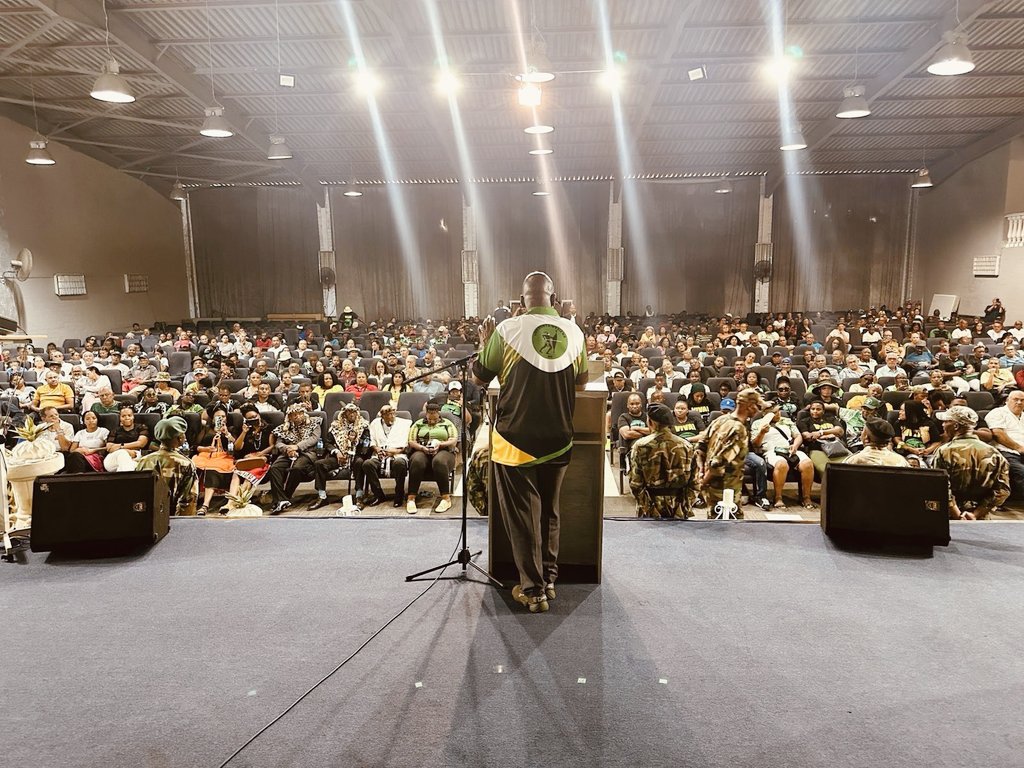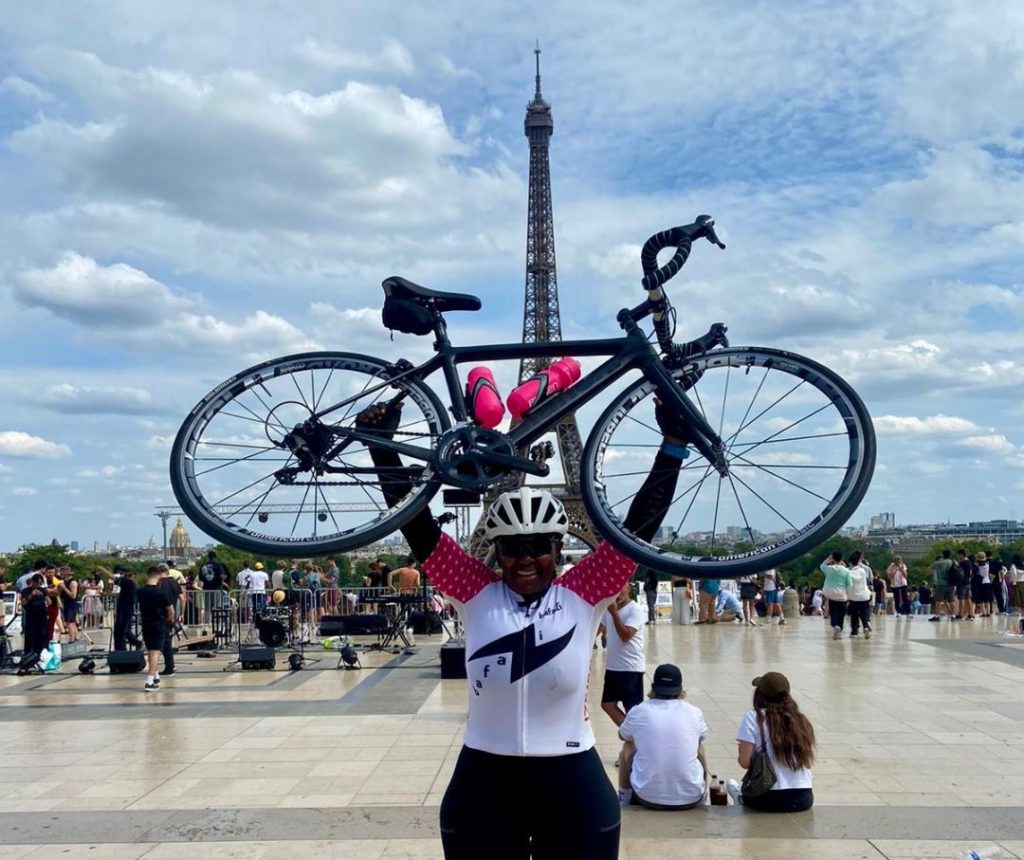BY Nkosazana Ngwadla
In the ongoing battle against breast cancer, attention is increasingly being drawn to Triple-Negative Breast Cancer (TNBC). This aggressive subtype affects women of African descent1, with Black women more than twice as likely as White women to receive a diagnosis of TNBC.
Breast cancer comes in different forms, each requiring a unique treatment approach. Most breast cancers are categorised by the presence of three common markers: oestrogen receptor (called ER-positive), progesterone receptor (PR-positive), and human epidermal growth factor receptor 2 (HER2-positive).
A diagnosis of triple-negative breast cancer means that the three most common types of receptors known to fuel most breast cancer growth–oestrogen, progesterone, and the HER-2/neu gene– are not present in the cancer tumour. This means that the breast cancer cells have tested negative for the hormone epidermal growth factor receptor 2 (HER-2), oestrogen receptors (ER), and progesterone receptors (PR).
TNBC disproportionately affects Black women and contributes to racial disparities in breast cancer mortality. While the exact reasons for this disparity are still under investigation, researchers say that there are many possible causes of this variation in prevalence among Black women, and possible factors include genetics, health behaviours, social structures and income.
Sheldene’s Journey: A Tale of Strength
Consider the journey of Sheldene Masondo, a 42-year-old woman and mother of three. A housecleaning accident which involved her daughter bumping into her breast led to the mother of three obtaining a relatively early diagnosis of aggressive triple-negative breast cancer (TNBC), launching her into a whirlwind of treatments and emotional battles. For women like her, the journey begins with understanding the risk factors and the significant role genes play in this silent but formidable cancer type. Sheldene is a member of the cancer advocacy group Cancervive.
Low- and middle-income countries (LMICs) contribute approximately 70% of global cancer deaths, and cancer incidence in these countries is rapidly increasing. Sub-Saharan African (SSA) countries, including South Africa (SA), bear some of the world’s highest cancer case fatality rates, largely attributed to late diagnosis.
South Africa’s diverse cultural landscape shapes perceptions of cancer, sometimes fostering myths, such as the view of cancer as a disease affecting primarily white populations. These beliefs, while deep-rooted, open avenues for robust educational initiatives.
With respect to traditional viewpoints, including those that attribute cancer to supernatural forces, public education campaigns to increase knowledge and decrease stigma are crucial in promoting the prevention and treatment of cancer in South Africa. Implementing interventions in culturally sensitive ways can enhance the reach of educational messages and increase adherence to treatment.
South African Breast Cancer Specialist Oncologist Dr Irene Boeddinghaus says for the first time in a century of treating TNBC, we’ve found a way to use the body’s own immune system to kill off the most aggressive and treatment-resistant of these diseases.
She said that the addition of immunotherapy to chemotherapy prior to surgery in TNBC, increased the chances of the cancer disappearing entirely by the time of surgery by 14%. This translates directly into an overall survival benefit for patients.
Image for illustration purposes.












